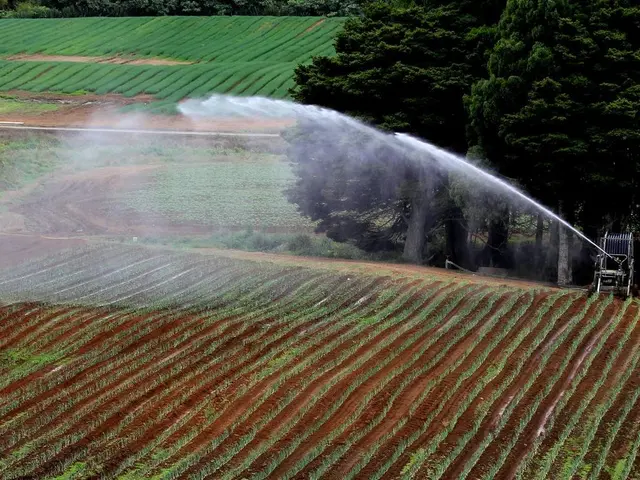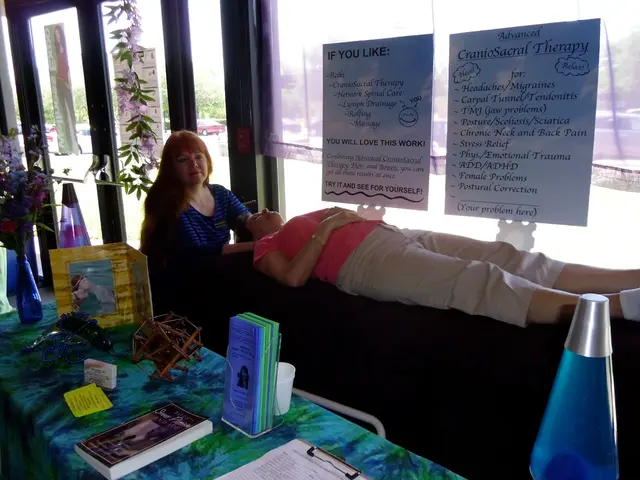Brain Anatomy: Understanding, structure, role, and additional insights
The human cerebrum, the large upper part of the brain, is divided into four main lobes, each with distinct functions that contribute to complex human cognition and behaviour.
The Frontal Lobe, located at the front of the brain, is key for executive functions such as planning, decision-making, problem-solving, and personality. It controls voluntary movement via the primary motor cortex, speech production (Broca’s area), emotional regulation, impulse control, working memory, and attention. Damage to the frontal lobe can impair judgment, motor skills, personality, and speech.
The Parietal Lobe, positioned behind the frontal lobe, primarily processes sensory information like touch, temperature, and pain. It integrates sensory input to help perceive spatial orientation and body awareness. Interestingly, it is also responsible for language and symbol use, visual perceptions, and giving meaning to signals from other sensory information.
The Temporal Lobe, found at the sides near the ears, handles auditory processing, language understanding, memory (including semantic memory), social communication, and high-level visual recognition such as faces.
The Occipital Lobe, located at the back of the brain, is mainly responsible for visual processing. This includes detecting light, shapes, movement, and spatial orientation.
Together, these lobes work to support complex functions such as movement, sensation, language, memory, reasoning, emotion, and personality traits. The cerebrum, or telencephalon, is central to human cognition and behaviour.
The cerebrum is housed within the cerebral cortex, which also contains the frontal lobe, parietal lobe, occipital lobe, and temporal lobe. Beneath the cerebral cortex lies the white matter, which includes connecting structures such as nerve fibers called axons.
The lateral sulcus divides the temporal lobe from the frontal and parietal lobes, while the central sulcus divides the frontal and parietal lobes. The insular lobe, responsible for homeostasis, compassion and empathy, self-awareness, cognitive functions, and social experience, is located within the lateral sulcus.
The cerebrum contains two hemispheres split by a central fissure. The left hemisphere generally controls functions such as speech, writing, and mathematics, while the right hemisphere generally controls aspects of creativity, such as art and musical skills. The precentral gyrus, used to identify the primary motor cortex, is a ridge just in front of the central sulcus, and the postcentral gyrus, used to identify the primary somatosensory cortex, is a ridge just behind the central sulcus.
The amygdala, a major component of the limbic system, controls automatic reactions, such as the fight-or-flight response, in humans. The hippocampus, a structure within the temporal lobe, plays a role in learning and memory.
The cerebellum, located below the cerebrum, coordinates functions such as posture and balance, and sends signals to control muscle movements. Damage to the cerebellum may result in balance or gait difficulties. The olfactory bulb, which lies beneath the frontal lobe and delivers information directly to the cortex for interpretation, is also a crucial part of the brain.
The cerebrum also contains different sets of arteries to supply the brain with blood, separated into the anterior, middle, and posterior branches. The cerebral cortex, the outermost layer of the cerebrum, has folds called gyri and valleys, or sulci, to increase surface area.
The cerebrum sits atop the brainstem, with the cerebellum underneath the rear portion. Each hemisphere of the cerebrum controls processes on the contralateral side of the body. The temporal lobe is responsible for memory, hearing, understanding language, organization, and patterns.
Understanding the functions of these lobes provides valuable insight into the complex workings of the human brain and the role each plays in shaping our thoughts, emotions, and actions.
- The Frontal Lobe, a key area for executive functions, includes Broca’s area responsible for speech production.
- The Parietal Lobe, situated behind the Frontal Lobe, is responsible for sensory information processing like touch, temperature, and pain.
- The Occipital Lobe, located at the back of the brain, handles visual processing, while the Temporal Lobe, found near the ears, deals with auditory processing and memory.
- The amygdala, within the temporal lobe, is a major component of the limbic system controlling automatic reactions, such as the fight-or-flight response.
- The hippocampus, a structure within the temporal lobe, plays a role in learning and memory.
- Understanding medical-conditions like arthritis, psoriatic arthritis (psA), neurological-disorders, health-and-wellness, and science helps us appreciate the intricate workings of the brain, especially the functions of the cerebrum.




